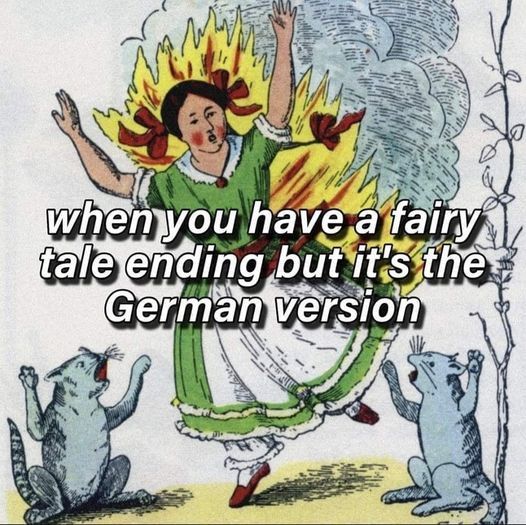#German fairy tales
Explore tagged Tumblr posts
Text

Anne Yvonne Gilbert, 'Wicked Queen', 'Snow White'', 2013
#Anne Yvonne Gilbert#british artists#snow white#german fairy tales#the brothers grimm#color illustration
263 notes
·
View notes
Text
Do you know about Ludwig Bechstein? Well you should.
But do not worry: if you never heard of his name until now, it is perfectly normal. In a similar way to madame d'Aulnoy in France, Ludwig Bechstein was one of the great names and influential sources of the fairytale in Germany, but fell into complete obscurity due to being overshadowed in modern days by a contemporary (Charles Perrault for madame d'Aulnoy, the brothers Grimm for Bechstein).
Ludwig Bechstein was, just like the brothers Grimm, a German collector of fairytales (Märchen in German), and just like them he published an anthology of them. However, whereas the brothers Grimm started publishing their work in the early 1810s with re-editions later on, Bechstein published the first volume of his collection in 1845, and the second volume in 1856.
And here's the thing: Bechstein was MUCH, MUCH more well-known in Germany than the brothers Grimm, for the rest of the 19th century. While yes the brothers Grimm were a big success and a huge best-seller, Bechstein's fairytales were even more so. In fact his fairytales were THE de facto German fairytales of the 19th century - until the brothers Grimm's international celebrity (because their fairytales had crossed the Germanic frontiers into English and French-speaking countries, while Bechstein's had not) came back and made their own fairytales overshadow, and then completely eclipse/bury Bechstein's own fairytales.
Why is this important? Because Bechstein had in his collection several fairytales that overlapped with those of the Grimm: for example, as I will show above, both collections had an "Hansel and Gretel", and " Little Red Riding Hood". But while we know today the Grimm's version better, it was the Bechstein's version that the 19th century children knew about. And there is one big difference between the two sets of tales: while the brothers Grimm were obsessed with an "accuracy" of the stories (or what they believed was an "accuracy"), stitching stories together or writing them so as to create what felt like a traditional oral story as it would be told to you by a random German person, Bechstein allowed himself a more "literary approach". He never reached the level of an Andersen or a d'Aulnoy that would entirely rewrite a folk-tale into a long poetic epic... But he allowed himself to correct inaccuracies in the stories he collected, and to add personal details to make the story fit his tastes better, and to develop the dialogues into more than just nonsensical little rhymes, so while he kept short and simple stories like the Grimms, they definitively were more literary stories.
To give you two good examples of the differences, here are Bechstein's changes to the two stories I described above.
The main change within Little Red Riding Hood is Bechstein making the girl more intelligent and well-meaning than in the Grimms version, and the Wolf's deception even more devious. When the wolf tells the girl she could go pick up flowers and play outside of the path, like in the Grimm's tale, Bechstein's Riding Hood stops and asks roughly (not a quote I recap here): "Hey, mister Wolf, since you know so much about herbs and plants within this forest - do you know about any medicinal plant around, because if there is an herb that could heal my sick grandma, it would be super cool!". And the wolf jumps on the occassion, pretending he is a doctor - and he lists to her a whole set of flowers and herbs and berries she can pick up that would heal her grandmother... except all the plants he describes to her are poison, and the Wolf just mocks his intended victim. The joke also relies on the fact that all the plants he lists are named after wolves, with the beast convincing the girl it is because wolves are good and great things. (There's the wolf's-foot, the wolf's milk, the wolf's berries, the wolfswort - names which do correspond to real-like plants such as the spurge laurel or the aconit).
The ending is also slightly modified. The hunter is attracted to the grandma's house by hearing the unusually loud snoring of the wolf - he thinks something is wrong with the grand-mother, maybe she is dying, only to find the wolf in her place. He immediately grabs his rifle to kill it but then pause wondering "Hey, the little grandma is nowhere to be seen... and she was a scrawny woman... Better check if he did not eat her". And so he opens the wolf's belly (and the wolf is still asleep during all that, he really is a deep sleeper). When the humans decide to put stones in the wolf's belly, they explicitely reference in-universe the "Wolf and the seven goats" story, which gives them the idea. (Quite a fun and accurate detail since we know that the brothers Grimm attached the episode of the stone to the Little Red Riding Hood story by taking it from the "Wolf and the seven goats" one)
As for Hansel and Gretel, the witch is described differently from the Grimms (she is still a very, very old woman who has something wrong with her eyes, but she isn't red-eyed like the Grimm, rather she has "grass-green" rheumy eyes, and she has no cane or crutches, Bechstein rather insisting on her being a hunchback and havin a very, very large nose.) But the main difference occurs in the climax, which is very different from the Grimm.
The witch still tries to push Gretel in the oven, but she doesn't ask the girl to check if it is "hot enough". Rather she put bread in it to go with her Hansel-roast, and she asks the girl to check if the bread is brown yet. And Gretel is about to obey... when the snow-white bird that led them to the house reappears and warns her of an upcoming danger with human words. The girl immediately guesses the trick, and pushes the witch in the oven. Second big change: the "treasures" the children obtain are not the witch's, nor do they find it on their own. As they exit the house, the treasure literaly rains on them - because all the birds of the forest arrived and dropped the precious items on them while singing "For the crumbs of bread / Pearls an gems instead". As the children understand, the birds were grateful for what they believe was food offered to them (the bread crumbs) and reward the children with the treasure.
Oh yes and the mother (no stepmother here) doesn't die. Rather she and her husband are miserable in their house because they regret leaving their kids, so they are very happy when they return, and with the treasure they all are certain to never go hungry again. Happy end. (Because here the mother isn't a bad person like in the Grimm - she just really, REALLY was a desperate woman who didn't want to see her own children die before her eyes)
#little red riding hood#hansel and gretel#german fairytales#ludwig bechstein#bechstein fairytales#brothers grimm#grimm fairytales#grimm fairy tales#german fairy tales
69 notes
·
View notes
Text

4 notes
·
View notes
Text
Original old fairy tales. There are some creepy dark ones! And I loved them all! The grimmer, the better! Ghosts, spook, curses, nymphs, dead bodies, blood. Old fairy tales are the jam!!
im curious and no I’m serious about the poison apple books, they were so entertaining
7K notes
·
View notes
Text

Ludwig Bechstein's books were initially more popular than Grimm's in their competing era of publication (~1800s). I got these from a library book sale and this is what I went to look up. But here's what else I learned from Wikipedia:
*His mother was a German countess and his father was NOT THE COUNT. 👁️👄👁️
*His father was a French immigrant who mysteriously disappeared before his birth. 👻
*He grew up in the nearby orphanage in poverty, like, within sight of his mother's castle.
*His uncle Johann (mother's brother) was a respected scholar, we're talking: naturalist, forester, ornithologist (birds), entomology (insects), heptologist (amphibians) etc. In a time when the natural sciences were not necessarily divided between biology, zoology, botany, etc. The guy founded schools, classic wandering scholar archetype.
*Unkle Hans returns home and finds out he has a nine year old malnourished nephew living in the streets. Pissed (I assume). He adopts little Ludwig and immediately sends him to school (which would take a lot of catching up for NINE YEARS in these streets).
*Luddy boy studies philosophy, has connections with some big sponsors, apprentices as a pharmacist, ugh, moved to literature.
*Lutz gets a lifetime post as a Duke's librarian, where he happily writes romance novels, poetry, and published collections of folk tales.
*When he died they built a fountain (not a bench) in the English garden of the estate.
#movie please#movie plot#ludwig Bechstein#librarian lore#history#grimm's fairy tales#fairy tales#old books#book sale#german fairy tales
0 notes
Text

1 note
·
View note
Text
Here's how to write an authentic Grimm style fairytale, brought to you by a Certified German TM:
Forget everything Disney movies taught you, besides maybe Snowwhite, Cinderella, and Sleeping Beauty. But even those are on thin fucking ice. Also ignore modern fantasy literature conventions, especially Dungeons & Dragons type stuff.
Ideally only the protagonist or none of the characters ought to have names. And the names should either be really fucking ordinary, or some kind of epithet. Like, either that's a Franz or a Bramblesock, cause when Bramblesock was a child he lost a sock in a shrub of brambles. Everyone else is either the king, the grandma, or the carpenter.
The common types of protagonist: Regular working class guy who cons his way into a life of riches, poor downtrodden peasant who through hardworking kindness is granted salvation (usually via gaining riches), too pure too good for this world princess who can't catch a fucking break, too nasty too bratty for this world princess who gets taught a lesson in humility.
The characters are generally very one note and the only kind of character growth they can experience boils down to "maybe I shouldn't have been a dick, huh?"
The location is either as vague as possible or super fucking specific for no reason; either the story takes place literally nowhere or in the town of Buxtehude.
Animals and inanimate objects that can talk for no apparent reason and no one bats an eye at are always a great addition.
If you want to add any fantasy races, use giants (large, dumb brutes), dwarves (angry little guys who live in the wilderness and get really angry if you touch their beards), or gnomes (mischievous house spirits who might be helpful but watch out!), but never more than one of these. Fairies are rare and usually the "tall beautiful wise woman" type, not the small annoying pixie type. Dragons are very pointedly no-where to be found, those distinctly belong in sagas, which are their own distinct type of literature.
Weird moral of the story that either boils down to "be smarter than all the other fuckers", "good things happen to good people, bad things happen to bad people", or "don't upset the supernatural".
Random tidbits of gore that no one bats an eye at.
Witches eat children, if a mother gets more than single line dedicated to her she's evil, fathers are spineless and/or assholes who either die or come around in the end.
Ugly means evil, pretty means good. Except when it doesn't.
Optional: Repeated rhyming phrases and numbers. Seventh son of a seventh son kinda stuff. The numbers 3, 7, 12, and 13 in particular.
Ideally a 19th century scholar should be able to read some clumsy Germanic pagan wishful thinking into the story, no matter how big and obvious the Christian overtones are.
Optional: Start the story with "Once upon a time" and end it with "And if they didn't die, then they are still alive today."
#writing#fairy tales#fairytales#grimm's fairy tales#gebrüder grimm#brothers grimm#german stuff#writing advice
1K notes
·
View notes
Text

Anne Yvonne Gilbert, ''Snow White'', 2013
#Anne Yvonne Gilbert#british artists#snow white#the brothers grimm#german fairy tales#fairy tales#color illustration
329 notes
·
View notes
Text
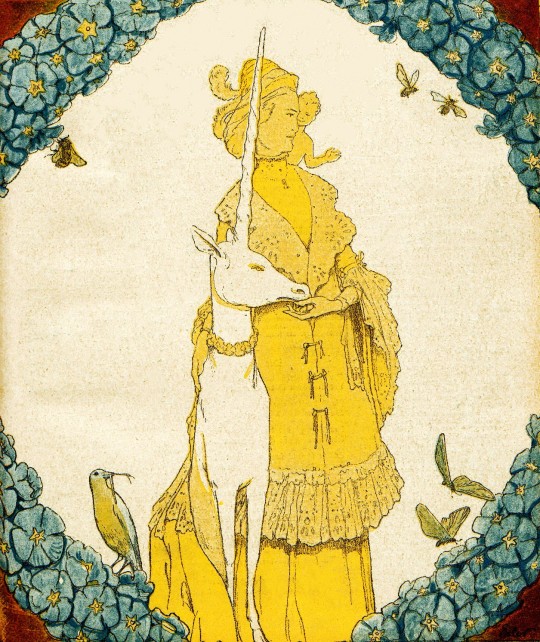
Illustration from Jugend Magazine by Fritz Erler (1909)
#fritz erler#art#illustration#jugendstil#1900s#1900s art#vintage art#vintage illustration#vintage#german art#german artist#magazine illustration#jugend#fairy tale#fairy tales#fairy tale art#unicorn#art nouveau#golden age of illustration#classic art
1K notes
·
View notes
Text

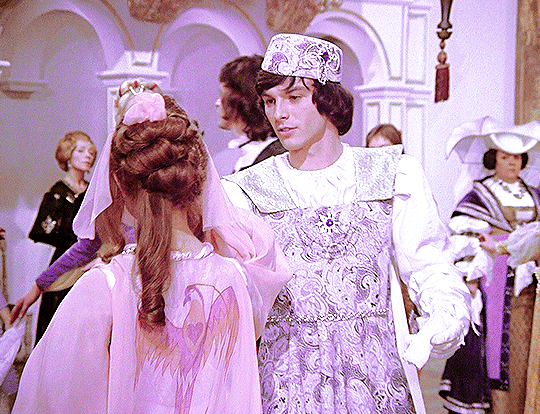
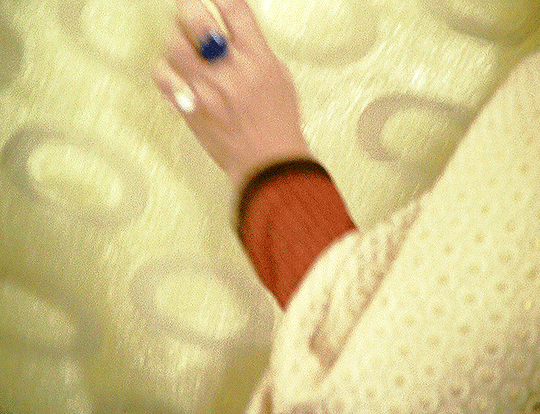
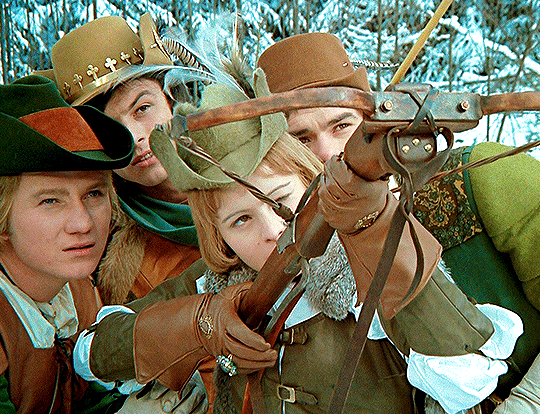

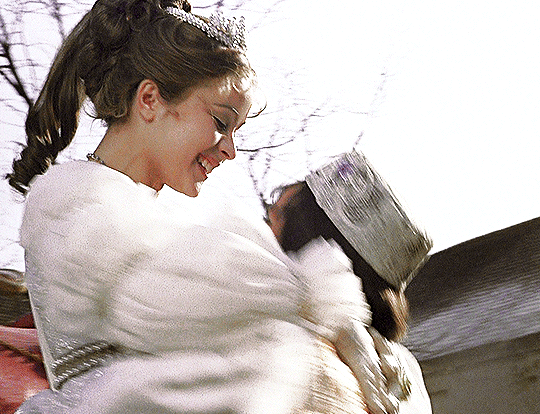
"I don't know if she's a Princess but she's beautiful. And somewhere here I lost her."
Tři oříšky pro Popelku / Drei Haselnüsse für Aschenbrödel / Three Wishes for Cinderella (1973) dir. by Václav Vorlíček.
#Tři oříšky pro Popelku#Drei Haselnüsse für Aschenbrödel#Three Wishes for Cinderella#Václav Vorlíček#Czechoslovak#Czech#German#Czechoslovak Cinema#Czech Cinema#Czechoslovak Fairy Tale#Czech Fairy Tale#My Gifs#GD
1K notes
·
View notes
Text
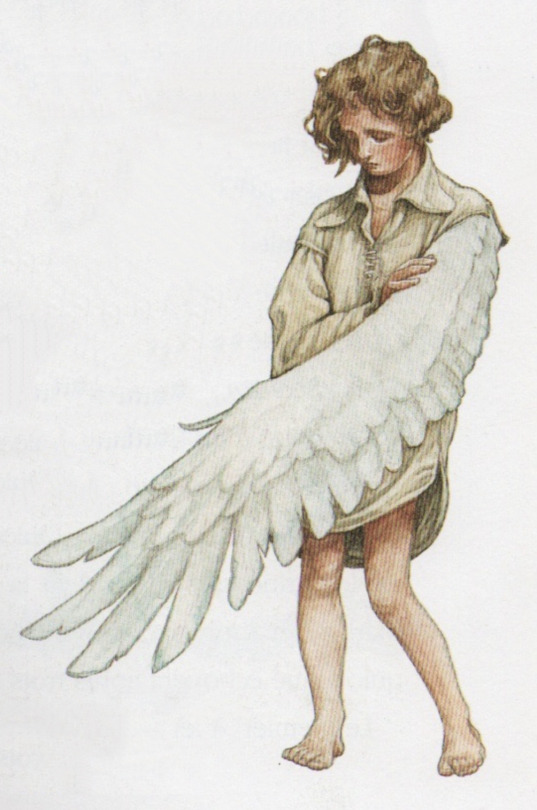
The Six Swans
Artist : Patrick James Lynch
#the six swans#les six cygnes#children's literature#fairy tale#children's books#fairy story#children's book#fairy tales#fairy#p. j. lynch#patrick james lynch#brothers grimm#the brothers grimm#les frères grimm#die sechs schwäne#german fairytales#german fairy tale#prince#wing#1993
976 notes
·
View notes
Text
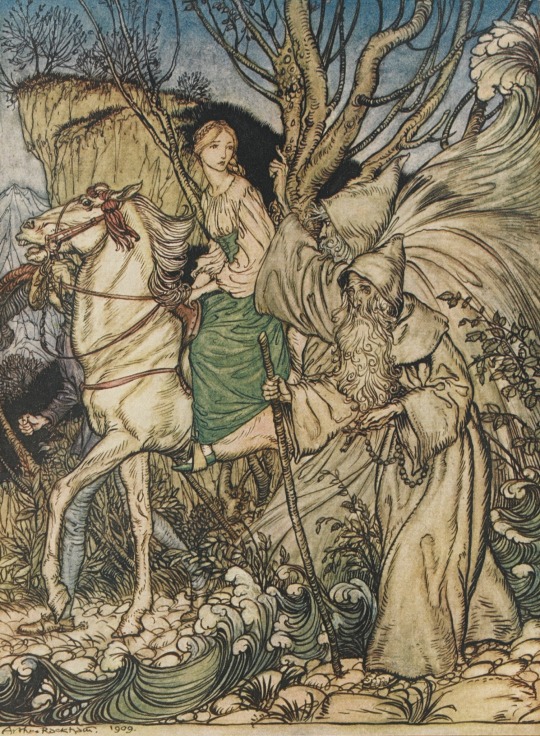
Undine by Arthur Rackham
#undine#art#arthur rackham#illustration#friedrich de la motte fouqué#fairytale#fairy tale#germany#german#water spirit#mythology#mythological#supernatural#soul#medieval#knight#europe#european#romance#paracelsus#esoteric#ondine#fairy tales#folklore#fairy#mermaid#history#romantic
429 notes
·
View notes
Text
So many friends and yet,

Not a single one a normal human being
#not counting small dragon#we have flying fairy thing#traveler from another world#puppet prototype#klee is a witch child ig idunno shes not normal#home grown man#and a traveler from another world (german)#also a bird#summertide scales and tales#simulanka#genshin impact#genshin#mini durin#paimon#the traveler#aether#scaramouche#the wanderer#hat guy#klee#albedo#fischl#oz
219 notes
·
View notes
Text
I don't know how much this could help, but for old german fairy tale collections, I always use the site Zeno.org. It has a great variety of german texts in the public domain, from novels to essays to poetry collections to dictionaries.
But most importanatly for us:

There is an entire section dedicated to fairy tale collections!

the main bulk is obviously composed by german collections, but there are also ones about other european countries, and even a few from other continents.
There are both the 1st and 7th editions of the Grimm brothers' "household tales", alongside their collection of "german legends", Ludwig Bechstein's collections, both those that adapt the Grimm's and his own, there Karl August Musäus' literary fairy tales and Karoline Stahl's educational ones, and there are many many folk tales, divided by region. There are even Wilhelm Hauff's "fairy tale almanacs", though they are only contained in the section on literature in general. There are even Gonzenbach's "sicilian folk tales"
It is also fairly easy to navigate as a website. The only thing is that it is solely in german, so I don't know how much it may actually be useful.
I just noticed that the common list of fairytales for "Rapunzel's evolution" is actually incomplete.
If you searched a bit about this story, you will know that it goes like this: the "Rapunzel" fairytale type is, of course, best known through the titular "Rapunzel" story told by the brothers Grimm, in the 19th century. When looking for a previous occurence of the fairytale, people usually brought forward its Italian equivalent in the Pentamerone: Basile's "Petrosinella" (Parsley), early 17th century. And recently, people have added a third story in-between the two, from the late 17th century, the French "Persinette" from mademoiselle de La Force "Les Contes des Contes", because it has been proven that the Grimm's story was influenced by a German translation/adaptation of the French fairytale, that the Grimms mistook for a genuine German story.
This list, Petrosinella-Persinette-Rapunzel is indeed, correct, as it reflects the "three big eras" of fairytales in Europe, and it presents three pretty direct variations of a same story... However the list is incomplete. Because they forgot about madame d'Aulnoy.
While yes, mademoiselle de La Force's story IS the one that directly influenced the Grimms' Rapunzel, mademoiselle de La Force stayed a somehow "secondary" author of fairy tales in France, who never had the lasting impact or fame of authors like Charles Perrault... or madame d'Aulnoy. The Perrault d'Aulnoy duo was still going very strongly by the 19th century (see the Sleeping Beauty ballet). And did madame d'Aulnoy write a Rapunzel variation? Well yes she did!
(I should say a "Maiden in the Tower" variation, because talking of a "Rapunzel variation" is an anachronism, but you know...)
In fact, d'Aulnoy's "Rapunzel" is one of her most famous stories: The White Cat. Everybody focuses on the first part of the fairytale, which is one of the most famous rendition of "The Animal Bride" fairytale type (402), but the entire second part of the story is a "Maiden in the Tower" tale with echoes to Rapunzel. A princess sold when she is born because her mother wanted to eat the fruits of an orchard belonging to fairies... The girl being raised in a doorless tower by an old, malevolent fairy she calls "Mommy"... A prince behaving as a hopeless suitor at the bottom of her tower... But with its own unique variations typical of a d'Aulnoy tale. No long hair: the fairy "mother" goes through the window on a dragon's back, and the girl must escape by secretely building a rope-ladder. The prince and the princess speak using a parrot messenger (heck, her parrot and dog pet somehow manage to perform the wedding ceremony between her and the prince in secret?). The fairies send a venomous dragon to destroy everything in the king's realm when he refuses to give up his newborn daughter ; the princess in the tower must avoid a horrible wedding to a dwarf magician with eagle's claws for feet, no bones in his legs and birds' nests in his beard...
So don't forget madame d'Aulnoy. She did Cinderella, Beauty and the Beast, even sort-of variations of Sleeping Beauty, and she also did a Rapunzel!
#reblog#german literature#Zeno.org#fairy tales#reference#German fairy tales#for reference#literature
32 notes
·
View notes
Text









marie stahlbaum ❅ the nutcracker’s princess
“you are a princess born, Marie, and you rule a bright and beautiful kingdom. but you will have much to suffer if you take poor deformed Nutcracker’s side… only you can [save him]. so be constant and true.”
#well it only took me like three years to finally make and post this.......#anyway she'll always be “clara” to me BUT I must admit that in the og story she was indeed “marie” even though it was written in german#marie stahlbaum#the nutcracker#nutcracker#the nutcracker and the mouse king#litedit#fairy tales#fantasy#fantasyedit#christmas#clara stahlbaum#tchaikovsky#christmasedit#yuletide#der nussknacker und der mausekönig
46 notes
·
View notes
